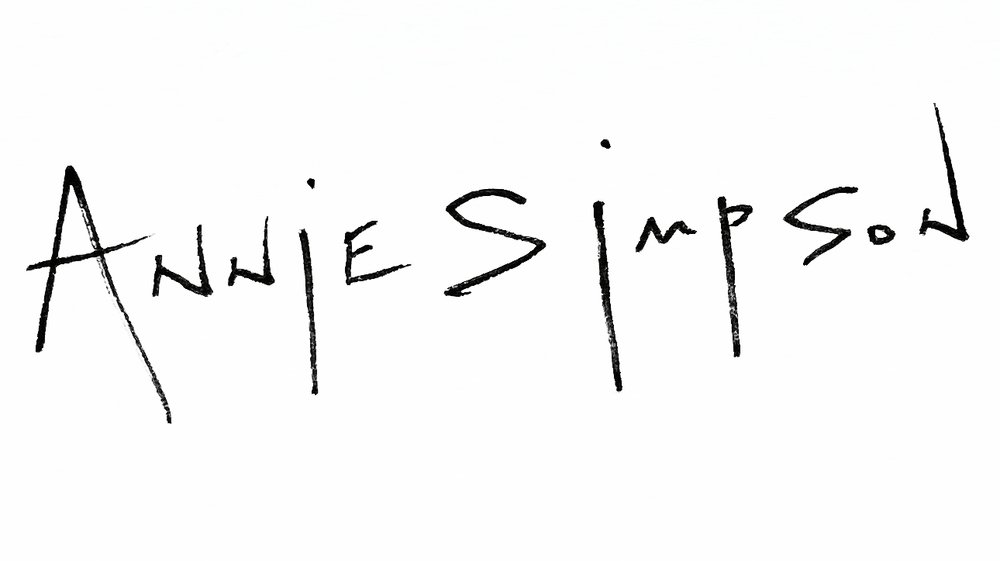‘In the 1950s, Cy Twombly's paintings evolved as a language of contrary touches, stray thoughts and inimitable gestures. There was atavism there, as well as consummate knowingness, the result of a conscious de-skilling of his innate talents. Like Willem de Kooning, Twombly forced himself to draw and write with his left hand, or with his eyes closed. (De Kooning drew while averting his eyes from the paper, and while watching TV.) Making his own touch unfamiliar, Twombly presented himself as other to himself. I think he wanted to catch himself off guard …
Twombly shows us that painting, drawing and writing can coexist in the same space. At times it becomes difficult to tell which is which. Everything is a gesture, but also an utterance, a sign, a touch. Twombly knows how to deal with emptiness, with pauses and blankness, the painter's silence. A painting can be an accumulation of impetuous rushes, but a painter also sits on his hands …
I think one of the things Twombly has wanted to do has been to make an art that belongs to a place and time not quite our own, and in which the present and the past can coexist.’
from His Scattered Dreams by Adrian Searl, The Guardian, 2008
https://www.theguardian.com/artanddesign/2008/jun/17/art.culture
Cy Twombly, Untitled 1967 and Untitled 1968 from The Essential Cy Twombly, published by DAP in 2014

